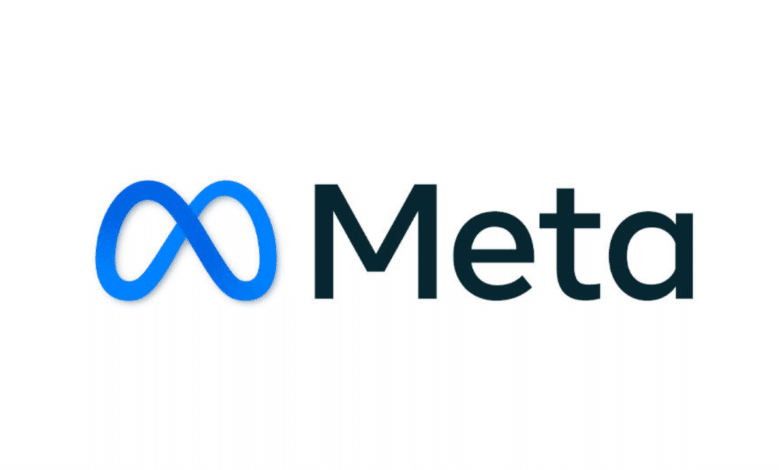Meta Profits from Billions in Scam Ads, Internal Documents Reveal

Meta has been earning billions from advertisements linked to scams and banned goods, according to internal company documents reviewed by Reuters. The revelations highlight the immense scale of fraudulent advertising on the world’s largest social media platforms and the business trade-offs involved in enforcement.
Internal projections from late 2024 indicate that Meta expected roughly 10% of its annual revenue, or about $16 billion, to come from high-risk ads, including fraudulent e-commerce, investment schemes, illegal online casinos, and banned medical products. One document estimated that Meta’s platforms display 15 billion “higher-risk” scam ads every day, while another noted these ads generate approximately $7 billion in annualized revenue.
The documents, spanning 2021 to 2024, include insights from Meta’s finance, engineering, safety, and lobbying teams, showing both the scale of the problem and the company’s cautious approach to enforcement. Meta’s internal systems flagged suspicious advertisers, but action was taken only when the algorithm was at least 95% certain the advertiser was committing fraud. For advertisers with a lower probability of fraud, but still considered high-risk, Meta applied a “penalty bid”, charging higher ad rates instead of immediately banning them.
Read Also: Meta Picks Safaricom as Landing Partner in New Sea Submarine Cable
Meta’s ad personalization system further amplified scam exposure. Users who clicked on a scam ad were more likely to see additional high-risk ads, increasing both user exposure and company revenue. The documents reveal that Meta deliberately moderated its crackdown on high-risk ads to avoid significant revenue loss. One internal note instructed teams not to allow enforcement actions to reduce revenue by more than 0.15% in the first half of 2025.
Sandeep Abraham, a former Meta safety investigator and current fraud consultant, said: “If regulators wouldn’t tolerate banks profiting from fraud, they shouldn’t tolerate it in tech,” highlighting the potential regulatory gap in the advertising sector.
Meta spokesperson Andy Stone emphasized that the documents “present a selective view that distorts Meta’s approach to fraud and scams.” He described the 10% revenue figure as “rough and overly-inclusive,” noting that many of the ads in the estimate were legitimate. Stone added that Meta has invested heavily in fraud prevention, removed millions of scam ads, and reduced user-reported scam content by over 50% in recent years.
“The assessment was done to validate our planned integrity investments – including in combatting frauds and scams – which we did,” Stone said. “We aggressively fight fraud and scams because people on our platforms don’t want this content, legitimate advertisers don’t want it, and we don’t want it either. Over the past 18 months, we have reduced user reports of scam ads globally by 58 percent, and so far in 2025, we’ve removed more than 134 million pieces of scam ad content.”
Facing mounting pressure to address scams, Meta executives presented Mark Zuckerberg in October 2024 with a proposal for a measured approach to scam enforcement. Rather than implementing an immediate, widespread crackdown, the plan prioritized intervention in countries where the company anticipated imminent regulatory scrutiny, according to an internal strategy document.
After the CEO meeting, executives responsible for platform integrity aimed to gradually reduce the proportion of revenue linked to scams, illegal gambling, and prohibited goods—from an estimated 10.1% in 2024 to 7.3% by the end of 2025. The plan outlined further reductions to 6% by 2026 and 5.8% by 2027, as detailed in the strategy memo and supporting documents.
Regulatory pressure to intensify scam enforcement comes as Meta, racing to stay ahead of competitors, invests heavily in artificial intelligence and plans up to $72 billion in capital expenditures this year. While acknowledging the magnitude of this spending, CEO Mark Zuckerberg has reassured investors that Meta’s advertising revenue can support these ambitions. In July, he highlighted the construction of a massive AI data center in Ohio—comparable in size to New York City’s Central Park—saying: “We have the capital from our business to do this.”
Internal documents reveal that Meta weighs the costs of strengthening scam ad enforcement against potential financial penalties from governments for failing to protect users. The company’s strategy shows a commitment to reducing revenue derived from illicit ads, but abrupt cuts could disrupt business projections.
The documents indicate that Meta plans to gradually reduce the share of Facebook and Instagram revenue coming from scam ads. In the meantime, the company has internally acknowledged that regulatory fines are inevitable, with potential penalties reaching up to $1 billion. However, another internal document from November 2024 notes that this would pale in comparison to the $3.5 billion Meta earns every six months from higher-risk scam ads—such as ads falsely representing consumer brands, public figures, or demonstrating other deceptive characteristics. This revenue likely exceeds the cost of any regulatory settlements involving scam ads.

















